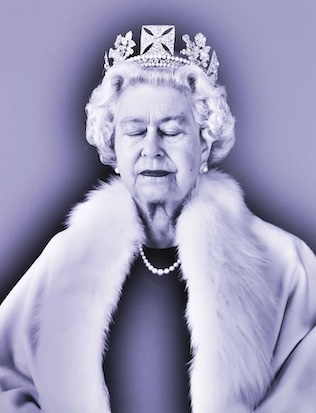The history of the British monarchy suggests that women have a particular aptitude for ruling the waves - and, indeed, for waiving the rules. There have been relatively few regnant queens, hardly surprising given that the laws of primogeniture are stacked in favour of men, but their collective record is outstanding. Think of Queen Elizabeth I, of Queen Victoria, of our present monarch, Queen Elizabeth II: all of them long-lived, popular with their subjects (most of the time) and enviably adept at plotting a course through the fraught political landscape of their times.
Every successful monarch needs to manage the royal image, since it is largely through their images that rulers have been able to shape public perceptions and influence the judgements of posterity. And in this too the great queens have excelled greatly. This is partly so, perhaps, because of the intrinsic difficulty of being a woman in a traditionally male role. It could be argued that regnant queens have been so adroit and innovative in developing the symbolism of power - not just through portraits, but through costume, ceremony, seals and many other media - because they have had no alternative. The royal image has been one of their main weapons against the historic chauvinist preconception that queens must be weaker than kings, because women are the supposedly weaker sex.
Few rulers have used the propagandistic power of art as effectively as Elizabeth I. Well schooled in the classics, she understood the way in which ancient myths could be used to bolster the monarchy. The imagery of her court is full of classical allusions: a labyrinth of allegories, codes and emblems, at the centre of which, awaiting discovery, is always the same one image, namely that of Elizabeth herself, whose favoured alter-ego was Astraea,...


